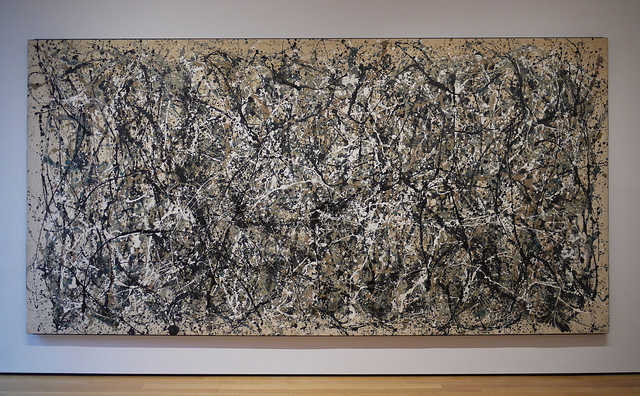Motion, Emotion, and Empathy in Aesthetic Experience, by David Freedberg and Vittorio Gallese
For Freedberg, the key is to be found in mirror neurons and on the supposed neural substrates of empathy and embodiment. Together with Vittorio Gallese, the co-discoverer of mirror neurons, he has elaborated a “theory of empathetic responses to works of art that is not purely introspective, intuitive or metaphysical but has a precise and definable material basis in the brain” (Freedberg and Gallese 2007, 199).
A widespread way of understanding the role of mirror neuron systems is to say that they simulate (“mirror”) observed actions, whether performed or depicted, and that such “embodied simulation” is the foundation of our capacity unconsciously to make sense of the actions, emotions, and sensations of others. That is why such simulation may function as the basis for an approach to aesthetic response (Freedberg and Gallese 2007). Looking at an artwork incites in spectators (or rather, in their brains) the simulation of the action depicted or embodied in the work; the action can be that of the figures represented but also the artist’s creative motoric gesture. Thus, Michelangelo’s marble Prisoners activate in spectators the brain areas corresponding to the muscles that seem to be exerted in the sculpture itself. When we contemplate the singing angels of Hubert and Jan van Eyck’s Ghent Altarpiece, completed in 1432, “it is hard,” Freedberg (2009b, 67) claims, “not to want to imitate them, even to wrinkle one’s brows with the apparent difficulty of singing whatever it is they are singing.”


Viewing Jackson Pollock’s action paintings or Lucio Fontana’s cut canvases too provokes “embodied empathetic feelings” in response to the “visible traces of the artist’s creative gestures, such as vigorous modeling in clay or paint, fast brushwork and signs of movements of the hand” (Freedberg and Gallese 2007, 199).


Yet a machine, or a chimp, or one of us could have randomly made those marks, or they could result from Mike Bidlo’s calculated effort to create a Not Pollock that looks exactly like an existing original.
Of course, our visual processing systems may respond to a Bidlo as to a Pollock, just as we may like or dislike certain objects independently of whether they are labeled “art.”

See the full painting at Christie's
On the link below you can request access to the article:
And here are some lectures given by Vittorio Gallese on the subject:





















0 comments
Sign in or create a free account